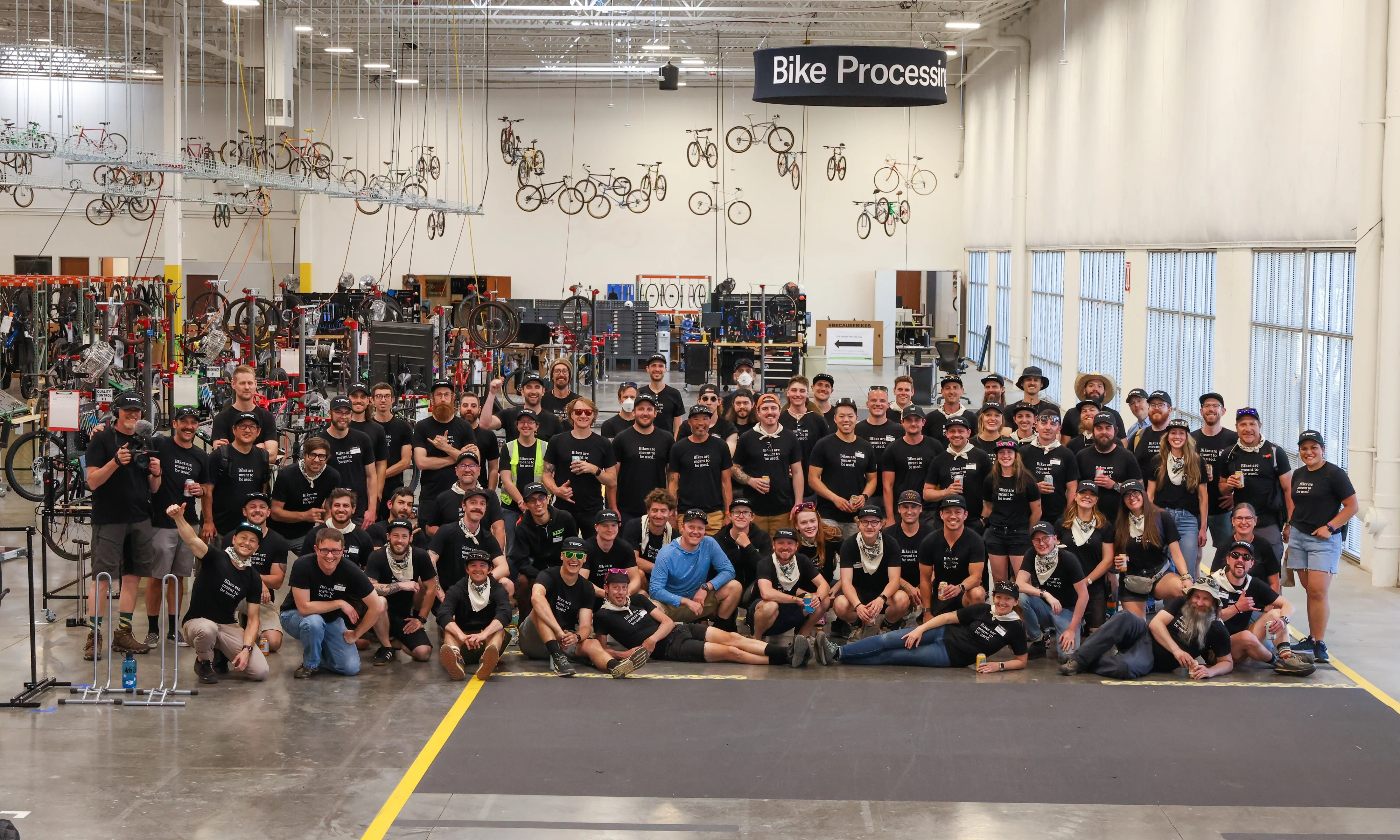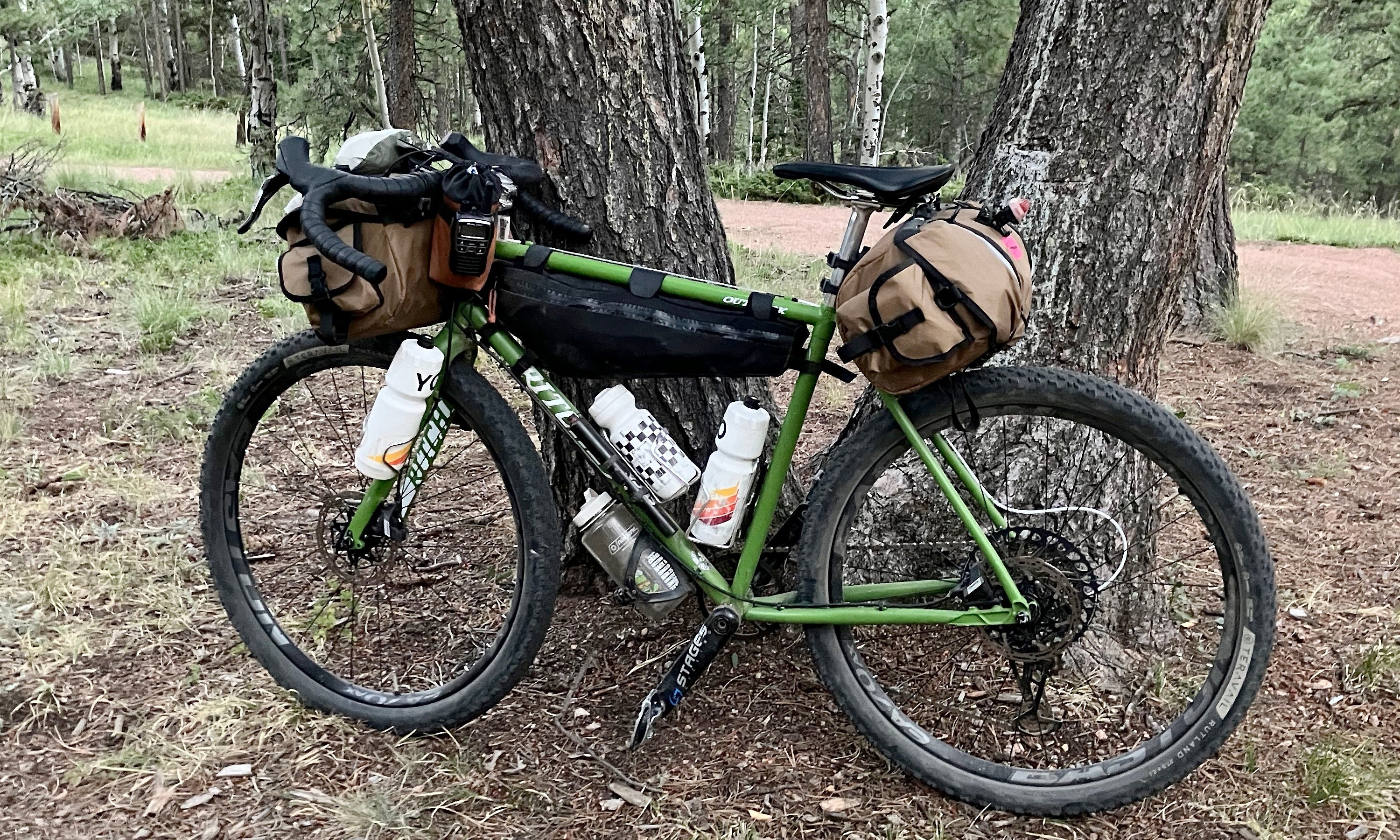Photo: Brad Kaminski | VeloNews.com
The flint gravel makes a piercing noise when you ride through it at speed. The sound alone is nearly sharp enough to puncture your tires. I went into the 200-mile gravel race in Emporia, Kansas with trepidation, and as we barreled into that first section of deep gravel, about 28 miles in, across the border into Waubaunsee County, I could tell my fears were justified.
Thankfully, I kept it upright in those sketchy early miles, avoiding crashes and punctures. I managed my nutrition and pacing as best I could through the 201-mile race. Finishing was my first goal, and I did it.
But beyond the achievement of the longest ride of my life, it helped me revisit that feeling of fear and uncertainty, which we all face before a major bike race or event. I’ve raced everything from pro XC mountain bike nationals to 100-mile gravel races to seven-day Haute Route road events in Europe and everything in between. The ride forced me to return to the fundamentals of preparation for a big goal event, something I haven’t done in a long time.
Here are three ways to make sure you’re ready to face your fears at this gravel event or any other major race or ride you’ve got on your bucket list.
1. Sort out your bike ahead of time
Look at the course and figure out what you’ll need. Consider drivetrain gearing, tire choice, saddle, and anything else that will be crucial to your success. In my case, I went with a wide-range 11-34T cassette combined with 34/50T chainrings and a Shimano Ultegra RX derailleur, which has a clutch for chain security. This route has tons of little rolling hills. I knew I shouldn’t be too ambitious, so I planned to have easy gearing for when I’m crawling up those final climbs after 170 miles. As I mentioned above, the gravel is incredibly harsh in the Flint Hills around Emporia.
I chose Vittoria Terreno Dry tubeless tires that had additional puncture protection, and I put plenty of Orange Seal sealant in them. Finally, my saddle was the one place where I disobeyed my own advice. I had a Bontrager seat on the bike for a few months this spring. I kept trying to like it, but after a shakedown ride the week before, it was still not comfortable enough. I swapped it for an Ergon. Thankfully it was the right choice, but making such a critical equipment change only days before the race is a gamble. It is always best to spend adequate time on your gear before a big race, especially a contact point like a saddle or shoes.
2. Make a nutrition plan
Unless you’re gearing up for a short event like a criterium or a downhill, nutrition can be the difference between a finisher’s medal and a free ride to town in a SAG wagon. A 200-mile epic takes this to another level. So, about a week ahead of time I planned out all of my nutrition for the big day. I considered what I would eat for breakfast — bacon and eggs for a slower burn, lots of coffee after the 4 a.m. alarm. I wrote down lists for each aid station, considering the number of GUs I would want, the type of bottles I’d drink, and any other bonus snacks, like Coke or Doritos. I also roughly tabulated the number of calories I planned to consume on the ride, shooting for about 200 an hour. Some of that came from GU Roctane drink mix, some from gels, and the rest from bars, which I knew would be a bit harder to consume on the rough roads. I’m sure I went over 3,000 calories of ride food alone, and it still wasn’t enough.
 Photo: Brad Kaminski | VeloNews.com
Photo: Brad Kaminski | VeloNews.com
3. Rehearse the ride
Training rides are critical for preparing yourself physically for your big day. But are those days good simulations of the race itself? If you’re riding with friends, making frequent stops to refuel, or opting for nutrition other than your race food, it won’t give you a clear idea of what to expect when it’s go time. One week before the race, I did a solo ride (even though I generally prefer riding with friends) with my exact nutrition, bike, and clothing setup for the event. I rode about 70 miles, which approximated the distance to the first aid station. I was on home roads, but I still practiced navigating with my GPS, because the race route is not marked. I rode the first couple of hours hard with a few surges to simulate the pack dynamics of the race. With a CamelBak and my nutrition close at hand, I made as few stops as possible, fueling on the go, just like the race.
And when I got home, I realized I was hungry — too hungry. So, I altered my nutrition plan to make sure I ate more in those initial hours. I also made that last-minute decision about my saddle.
There is some bad news, however. Even if you prepare more meticulously than I did, things can and often will go wrong in a long, difficult race. I saw plenty of people crash or suffer flat tires on those rough Kansas roads. I missed my feed at the first aid station but thankfully was able to get enough fuel to survive. When it comes to an unpredictable event like this, the best you can do is set yourself up for success and hope that luck is on your side.
And if the gravel gods smite you with sharp flint stones, just remember it’s all part of the adventure.

























